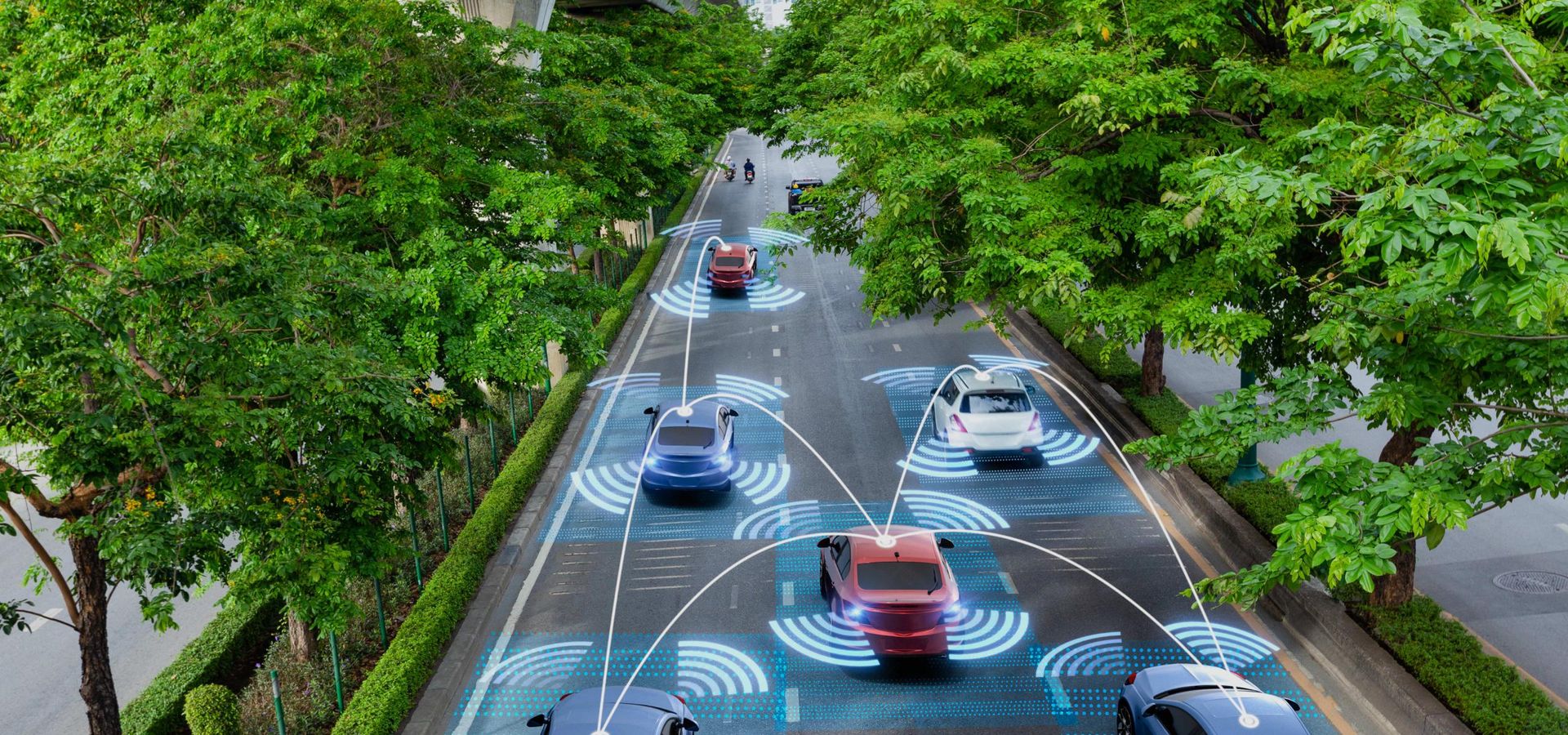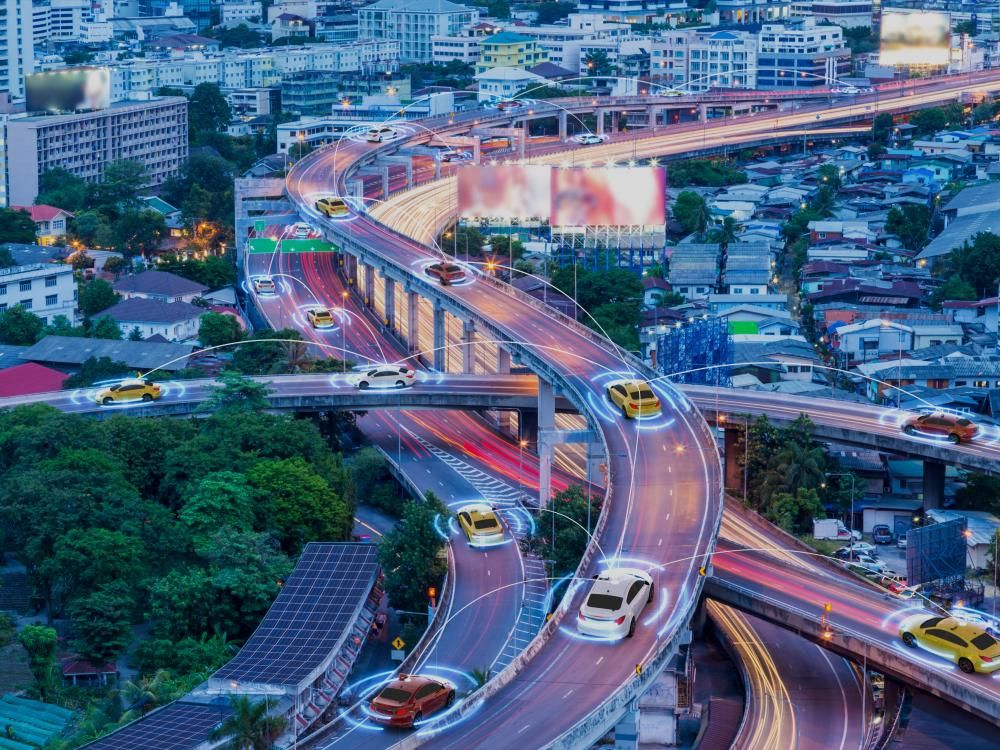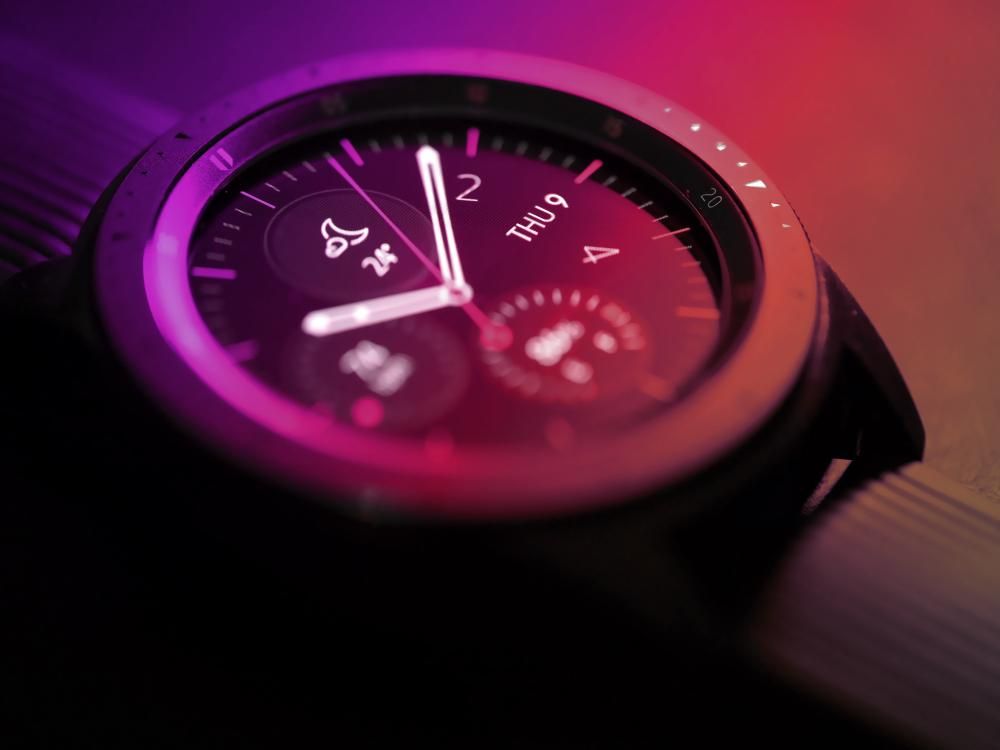Smart cities are rapidly evolving through technological innovation and proliferation of the internet of things development in nearly every aspect of urban life. Ten years ago cities only had a small number of embedded sensors, but now they’re everywhere—from roadways to thermostats and even trash bins. This ability to connect, communicate, and remotely manage a wide variety of devices gave rise to a new trend—fog computing in smart cities.
What is fog computing?
The term “fog computing” was created by Cisco and is in reference to an extension of cloud computing to the edge of the network. Rather than sending all of the collected data up to the cloud, fog computing implies that data will instead be processed locally on edge devices, that’s why it is also sometimes called “edge computing.” In turn, the urban technological system that would utilize this would be called an edge computing smart city.
It is a common misconception that fog computing is intended to replace cloud computing, seeing as these two concepts are complementary. Fog computing might be considered to be a variety of hybrid cloud computing, since they both provide storage, applications, and data to their end users. The key difference between the two is that when it comes to fog computing, the data is processed and analyzed in fog nodes—decentralized devices such as industrial controllers, switches, routers, and video surveillance cameras, among many others. They are structurally located in between the cloud and the data source—closer to the ground, so to speak. This is why the term “fog” is used in the name.
The global fog market has the potential to reach $768 million USD worldwide by the year 2025, according to data from Zion Market Research. Other recent figures, such as from Statista, show that organizations have on average a 42% higher budget for cloud computing this year than back in 2017. This trend reflects the fact that fog computing in smart cities will only continue to grow in usage and importance throughout the world, proliferating throughout societal sectors such as energy and utilities, healthcare, transportation, manufacturing, and smart offices and cities, among many others.
Fog computing provides a kind of relief for networks by making them more reliable and faster. Any smart city that wants to stay on the cutting edge will need to jump in to the deep end of next-generation IoT networks, which means investing thoroughly in fog computing. While it helps manage data processing and provides many benefits for enterprise cybersecurity, it also offers solid financial savings.
Relegating the decision making of these systems to the devices in the environment means that the cloud network is relieved from having to manage a glut of surplus data. On the one hand, this minimizes the cost of storing data, and on the other it makes sure that only the most essential information is processed rather than massive amounts of streetlight footage or train station scans.
Those security benefits derived from independent sensors can’t be forgotten either. The damage done by network attacks or outages can be minimized when the work is done by many different nodes in the system. With 5G connectivity still somewhat farther in the future, fog computing stands as an exciting feature for smart cities today.
Why is fog computing in smart cities becoming so common?
One of the bigger challenges that smart cities continue to face is the vast wealth of information generated, captured, and analyzed every day. In conjunction with the continually increasing number of IoT automation devices, the amount of collected data becomes overwhelming to manage and keep track of, requiring heavy-duty computing resources in order to process it. Transferring this incredibly large volume of data between the cloud and data sources is also time-consuming and expensive.
Fog computing makes it possible to reduce the amount of data that needs to be sent to the cloud for processing, thereby improving efficiency. Smart cities can see the following benefits through fog computing:
- A minimal amount of data sent to the cloud
The central goal of fog computing is to make big data smaller and more manageable. It is estimated that the volume of data captured by connected devices will exceed 79 zettabytes by 2025 according to IDC’s 2019 forecast. Fog computing is capable of reducing this vast amount of data through the application of intelligent sensing and filtering, which allow the transmission of only useful information based on the knowledge available locally at a given fog device.
- Low data latency
Fog nodes are able to process and onboard data without sending it to remote cloud servers and delivering the results back. This makes it easier to save time considerably when the data is traveling and to receive responses in real time. Immediate data processing will only become more essential for smart city systems, especially when decisions or actions need to be made quickly: for example, lives could be saved by being able to suddenly change traffic lights to green when emergency vehicles are moving through the city.
- Reduced bandwidth
Transmitting and processing data requires a massive amount of bandwidth, which can be limited in the case of cloud computing. However, this is not an issue when it comes to fog computing seeing as all of the data is distributed between local devices and is not sent wirelessly. This allows for a significant decrease in the network bandwidth consumption.
- Enhanced data security
Data security is another critical driver behind smart cities turning their resources over to fog computing. It keeps the more sensitive and confidential data out of reach from the vulnerable public networks, thereby preventing any cybercriminals from easily gaining access to it. Fog computing allows for malware and infected files to be found at an early stage in their cycles at the device level long before they even have the opportunity to infect the whole network.
What are some smart city edge computing examples?
Smart cities are one of the best environments for the extensive implementation of fog computing, since tens of thousands or perhaps even millions of things across a connected city are generating heterogeneous data on everything from road traffic, public safety implementations, waste management, air quality, and more.
Fog computing makes it possible for all of the data to be quickly processed and analyzed in order to run these systems even more effectively. Below, we have collected some smart city edge computing examples for you.
Road traffic regulation
Smart cities utilize a wide variety of sensors to monitor and regulate road traffic. Sensors embedded into smart traffic lights can detect pedestrians, cyclists, and drivers passing by; measure their speed and the relative distances between them; analyze all of the traffic data as it is collected; and make decisions driven by data in real time to alter the lights or reorganize the routes of some of the traffic if it is necessary.
This contributes to an overall improvement in the flow of vehicles and fewer road accidents and casualties. Furthermore, this makes it possible for drivers and pedestrians to rely on autonomous vehicles in emergency situations. The collected data can be sent to the cloud later on for more long-term and in-depth analyses.
The combination of fog computing and smart traffic lights has already proved to be incredibly effective at relieving and breaking up traffic congestion. For example, a community in Bellevue, Washington, installed intelligent traffic lights that respond to traffic conditions in real time: the green lights stay on longer during peak traffic periods. City officials estimated that this led to a 36% decrease in travel times along the city’s main road and saved between $9 and $12 million for drivers annually.
San Leandro, California, is another city that launched a smart traffic signal project that enabled an extensive integration of traffic lights with connected vehicles. The project started in 2017 and has already improved traffic signal timing considerably.
Waste management
Waste management is an incredibly common challenge for cities, as this process continually requires a lot of time, money, and resources. Garbage collectors routinely clean up garbage bins on specific days of the month depending on their schedule, but they do this without taking into account how much waste is in the container. Collecting waste from a nearly empty container is utterly inefficient as it leads to unnecessary fuel consumption and a waste of manpower, whereas overfilled bins left uncollected make the streets look dirty. This makes waste management one of the most viable IoT use cases.
The application of smart sensors and fog computing will allow for real-time monitoring of garbage levels throughout the city and provide a method for more efficient waste management. Sensors installed on garbage bins could identify when the fill level is almost reached and alert garbage collectors as soon as it happens. The fill-level data could then be sent to the cloud for more in-depth analysis in order to optimize the routes and schedules of garbage trucks.
Environment control
Fog computing allows for the real-time monitoring and analysis of relevant environmental parameters and a city’s natural resources. For example, the smart water system has the capacity to analyze water quality and detect any deviations from the norm, such as high nitrate or iron levels. Furthermore, it enables the detection of water leakage and the immediate notification of maintenance teams regarding the need to plug or fix those leaks.
The control and regulation of greenhouse gases is yet another area where an interconnection between technology and fog computing might be applied in order to improve environmental sustainability. The collection and analysis of actionable data in real time could enable a city government to see the overall context of greenhouse gas emissions and thereby take appropriate measures to reduce it in time. Based on these monitoring results, they might send citizens reminders of the need to use less heat or hot water at specific times in order to help reduce greenhouse gas emissions.
Surveillance systems
Video surveillance systems that are equipped with smart sensors contribute quite a bit to the security and safety of city streets. However, these systems are constantly generating a large amount of information that needs be collected and analyzed in real time in order to ensure the effective monitoring of public spaces. Traditional cloud-based models are hardly suited for these purposes due to the massive amount of data, the associated latency challenges, network availability, and the enormous expenses required to continually stream the data up to the cloud and back again. That is where fog computing steps in.
Fog computing allows for data collected from video surveillance cameras to be stored and processed in fog nodes that are close to the edge computing smart city. Its low latency provides for the effective surveillance and detection of any violence in public places, such as busy airports or the local mall. Once an incident occurs, security services will receive an alert that allows them to act quickly or even track an escaped criminal.
Fog computing: the future of smart cities?
Fog computing has massive potential to become the next big trend in smart city development due to its ability to swiftly and securely process a variety of volumes of data. It helps collect data regarding many city activities, from traffic to utilities, thereby ensuring everything is running efficiently and bringing sustainability to urban life. However, over-relying on fog computing is an unrealistic approach for dealing with these huge amounts of data, therefore the cloud will continue to have a crucial role in the overall IoT ecosystem.
Moreover, fog computing doesn’t exactly spell the end for the normalized IoT networks that are based in the cloud. Centralized data is almost always more easily available, in turn offering the private and public sectors more ways to establish open data agreements. This can lead to a more developed form of innovation and digital creativity. Simultaneously, data kept in the cloud gives way to a wider spread of its uses.
In the end, fog computing will inevitably play a major part in the next waves of smart city development. With the technology’s continual march toward a system where computers need to be able to behave like people, the decision making within devices will end up being more and more essential to any smart city that is trying to stay on the cutting edge.





